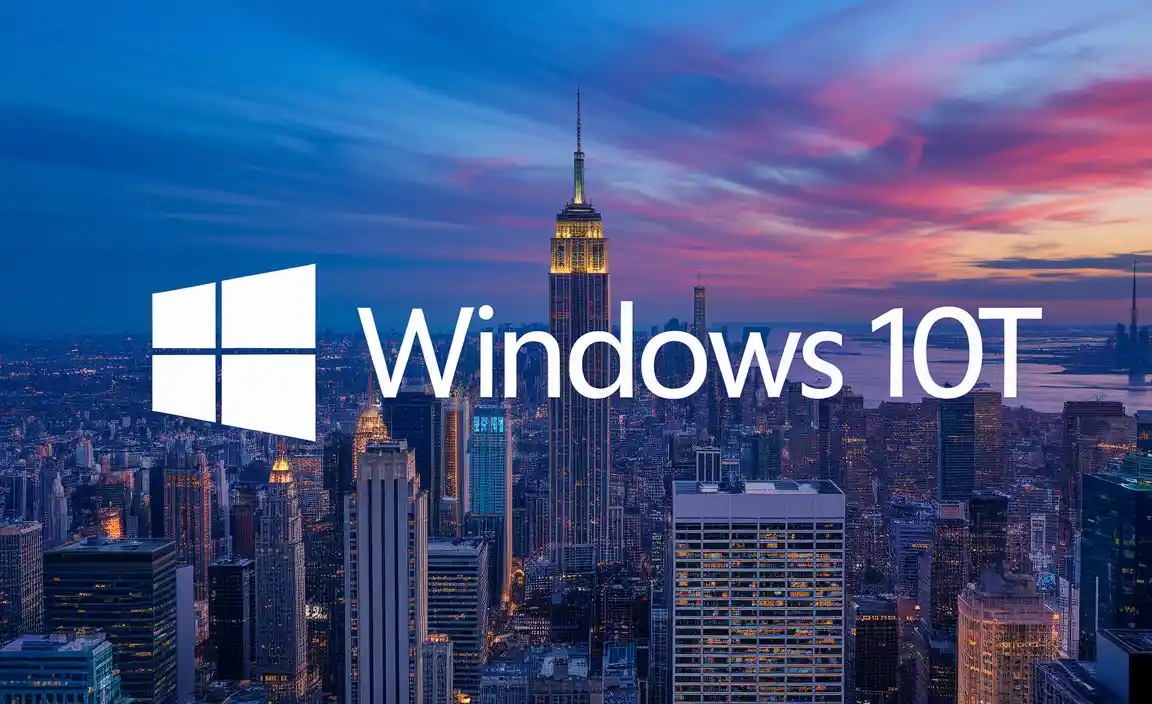Deploying operating systems for Internet of Things (IoT) devices might seem like a daunting task, especially when considering the sheer scale and diverse environments in which these devices operate. However, with Windows 10 for IoT, Microsoft has significantly streamlined the process, offering a robust and familiar platform that makes deployment remarkably effortless. From retail kiosks and digital signage to industrial automation and medical devices, Windows 10 IoT provides the power and flexibility needed for a wide array of embedded solutions.

The core of this effortless deployment lies in Windows 10 IoT’s adaptability. Unlike traditional desktop operating systems, the IoT editions are designed with specific use cases in mind, allowing for a leaner footprint and enhanced security. This tailored approach means developers and IT professionals can focus on the application logic rather than wrestling with unnecessary system components. Whether you’re provisioning a handful of devices or thousands scattered across different locations, the tools and architecture of Windows 10 IoT are engineered to support efficient rollout.
One of the key enablers of effortless deployment is the familiar user interface and development environment. For organizations already invested in the Windows ecosystem, transitioning to Windows 10 IoT presents a minimal learning curve. Developers can leverage their existing skills, programming languages (like C#, C++, Python), and familiar development tools (such as Visual Studio) to build and deploy applications. This significantly reduces development time and the need for specialized, costly training for personnel. Administrators will find managing and maintaining Windows 10 IoT devices much simpler due to the consistent management tools they are accustomed to using with other Windows installations, such as Group Policy or Microsoft Intune.
Streamlining Device Provisioning with Windows 10 for IoT
The term Windows 10 for IoT encompasses several editions, including Windows 10 IoT Enterprise and Windows 10 IoT Core. Each is designed to meet different needs, but all contribute to a more straightforward provisioning experience. Windows 10 Enterprise offers the full power and feature set of Windows 10 Pro, but with a licensed model specifically for commercial and professional IoT devices. This means you get robust security features, comprehensive management capabilities, and broad hardware compatibility, all within a familiar framework.
For simpler, single-purpose devices, Windows 10 IoT Core offers a minimal footprint. It’s designed for devices that run on ARM or x86 processors and focus on a single application. This streamlined version further simplifies deployment by reducing resource requirements and attack surfaces. The provisioning process can involve deploying a pre-configured image, often tailored to the specific hardware and application. Microsoft provides tools and guidance to create these customized images, ensuring that devices boot up ready to perform their intended function right out of the box.
Furthermore, Windows 10 IoT benefits from the robust update mechanisms inherent in the Windows ecosystem. Windows Update for Business allows for controlled deployment of feature and quality updates. This is crucial for maintaining the security and stability of deployed devices without requiring manual intervention at each unit. For large-scale deployments, IT administrators can leverage tools like Windows Deployment Services (WDS) or Microsoft Endpoint Configuration Manager to automate the image deployment and configuration process across hundreds or even thousands of devices simultaneously. This level of automation is fundamental to achieving truly effortless deployment.
Security Considerations in Windows 10 for IoT Deployment
Security is paramount in any IoT deployment, and Windows 10 for IoT is built with this in mind. The simplified nature of many IoT devices, often operating in public or semi-public spaces, makes them potential targets for malicious actors. Windows 10 IoT editions include security features such as Device Guard and Credential Guard, which help protect against unauthorized software execution and credential theft. Features like Secure Boot ensure that only trusted software is loaded during the startup process.
The deployment process itself can be secured. By using pre-provisioned images that are digitally signed and trusted, organizations can minimize the risk of devices being compromised during the initial setup. Network segmentation and firewalls are also critical components of a secure IoT deployment, and Windows 10’s networking capabilities support these measures effectively. Regular patching and updates, managed through Windows Update for Business, are essential to maintain a strong security posture over the device’s lifecycle, and this update infrastructure is a key part of the effortless deployment and ongoing management strategy.
Enabling Scalability and Future-Proofing
The true power of Windows 10 IoT for effortless deployment comes into play when considering scalability. The ability to create a standardized image and deploy it to a large number of devices quickly and efficiently is essential for businesses looking to expand their IoT footprint. The tooling and ecosystem surrounding Windows 10 are mature and well-supported, providing the necessary infrastructure for such scale.
Beyond initial deployment, Windows 10 IoT is designed to be future-proof. Regular updates ensure that devices remain compatible with new hardware, software, and security standards. This longevity reduces the total cost of ownership and minimizes the need for frequent hardware replacements. The familiarity of the platform also means a readily available pool of skilled IT professionals who can manage and maintain these devices, further contributing to the overall ease of deployment and long-term operation. In essence, Windows 10 IoT offers a familiar, secure, and highly adaptable platform that transforms what was once a complex undertaking into an effortless deployment experience.
